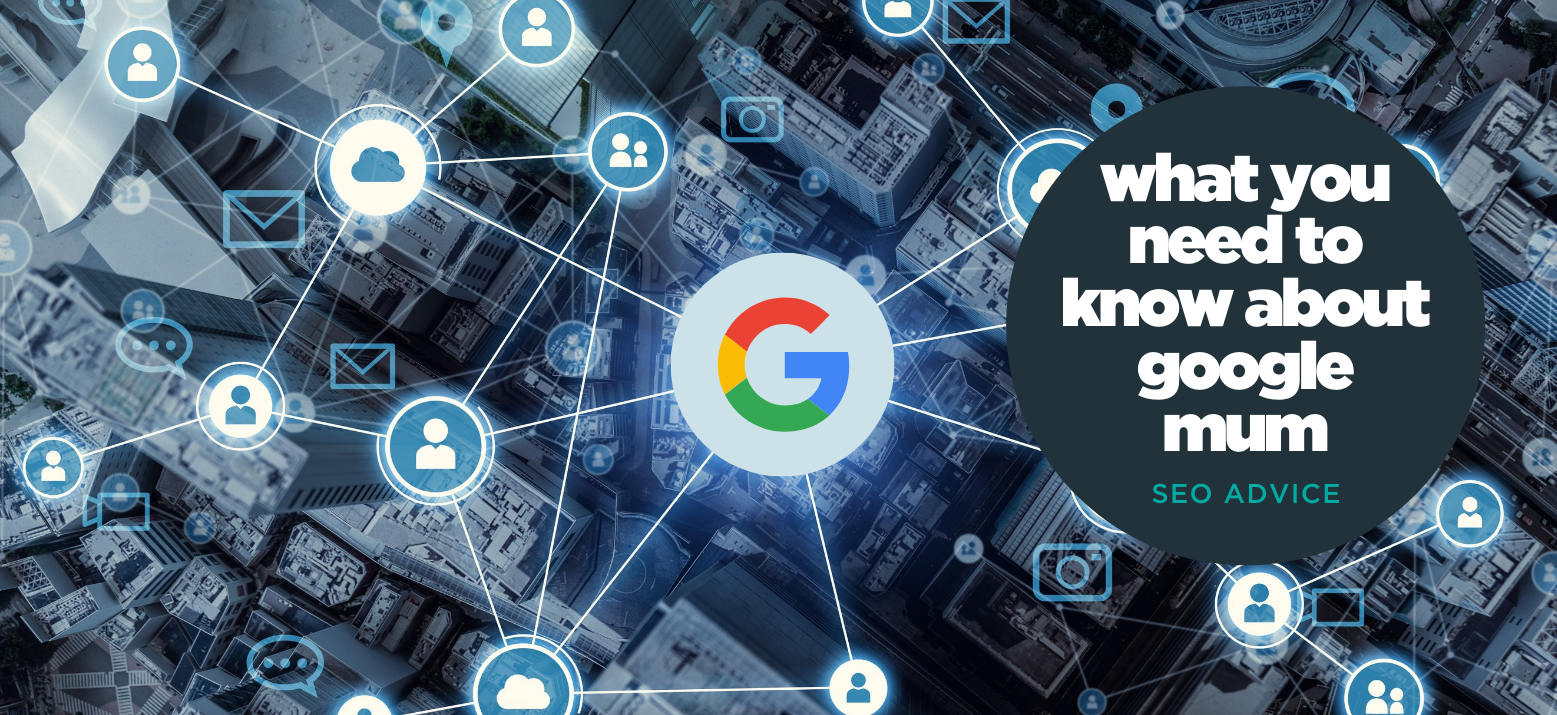Back in May 2021, Google announced a major change to its search engine that uses artificial intelligence (AI) to help users explore content and topics that they are interested in. This new way of doing things is called Multitask Unified Model, or MUM for short.
The roll out of MUM began in June 2021 (although Google have stated that some features of MUM are expected to take years to be fully realised) and it replaces BERT (Bidirectional Encoder Representations from Transformers), which was the last major Google algorithmic change that came into play in 2019. Google claim that MUM is 1,000 times more powerful than BERT.
We take a look at what the introduction of MUM could mean for search and how it might affect your business’ SEO strategy going forward.
What is the Google MUM update?
The Google MUM update is essentially an algorithm powered by AI that has been created by Google to search the internet and find content that answers users’ complex questions. Google has long been a great way to find answers to people’s questions, but MUM can search across languages and images or different types of content in a way that Google previously didn’t.
MUM has been developed to reduce the need for people to make several different search queries to find the information they are looking for on potentially complex topics. MUM has been designed to understand more about the context of searches and the use of language to enable it to provide related information that the searcher is likely to find useful, even if that information was previously inaccessible because of language barriers.
Google say they have designed MUM to be multimodal, which means that the search engine will understand and relate information that is in different forms at the same time e.g. text on webpages along with images or video.
Google Lens will have MUM integration
One of the up and coming out-workings of MUM is with Google Lens. Google Lens is an Android app that uses your smartphone camera to detect and understand whatever it’s pointed at. The Google app on iOS devices will also soon incorporate Lens features too. You can use Google Lens for a huge variety of different things, such as to identify plants growing in your garden or seen on a walk, translate a sign, menu or any text that is in another language, find items to buy that are the same as or similar to what you’re pointing the camera at, identify a breed of dog from an image, provide recipes that include an ingredient you’re looking at or provide local information by recognising landmarks or other features.
The announcement by Google indicates that from ‘early next year’ in 2022, people will be able to take a photo and ask a question of Google at the same time e.g. take a photo of a broken bicycle chain and ask ‘how to fix’ in the same query – enabling Google to provide the most relevant answers/solutions possible.
MUM, our advanced AI model, is coming to #GoogleLens early next year. You’ll be able to snap a photo AND ask a question, which can be helpful in those moments you need to fix a broken part and have no idea what it is #SearchOn pic.twitter.com/cmedce3dB2
— Google (@Google) September 29, 2021
This opens up a potentially huge world of new possibilities for ‘how to’ content and the ways that users can find information that answers their need or question, but even more so for ecommerce brands, as Google Lens can very easily be used for shopping online. This is the example provided by Google in their latest announcement.

How MUM might change your SEO strategy
The specific ways in which MUM will power certain search functions are still somewhat unknown, with Google drip-feeding information out as and when. Google have long maintained that it’s not a case of optimising any website for their algorithms and technology, but instead a case of optimising for the user.
What we know so far is:
- Images are of vital importance to MUM
- Hosting related content for popular searches will be important to help maximise the discovery ability of MUM in relation to your brand
- Video content will become even more important, with MUM identifying related topics covered by videos that the searcher will find useful
- Having your products listed on Google (for free, even if you don’t run any advertising campaigns) is essential if you’re an ecommerce business that want to take advantage of the increased shopping capabilities that MUM offers
From this information, we know that ensuring your visual content is optimised properly is essential so that you’re not left behind by MUM and omitted from results over something so straightforward to fix.
Creating useful content that solves audience problems or answers their questions has been important in SEO for a long time, but it’s looking likely that MUM will make it even more so, by giving more visibility to websites that host this kind of content, including images and videos, or even podcasts and other types of media, as well as text.
For ecommerce SEO, it makes sense to list all of your products (or at least hero products and higher ticket items) in Google Merchant Centre for free. This means that they will be in the system already when MUM starts to give increased visibility to products that are related to a Google Lens query from early 2022.
As always, focusing on the user and what they want and need is always a priority with an effective SEO strategy, and everything we know about MUM so far only reinforces this. We look forward to seeing where AI takes search in the future and all of the new ways in which technology can improve our online experiences, whether we’re trying to fix a bike, buy a new outfit or find a service for our work or home life.
If you want to discuss your SEO strategy or how to best prepare your activity and website for MUM, our team would love to help. Get in touch using the form below.







